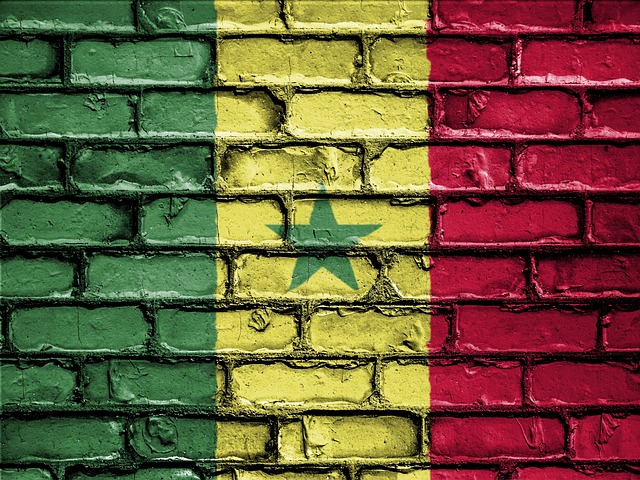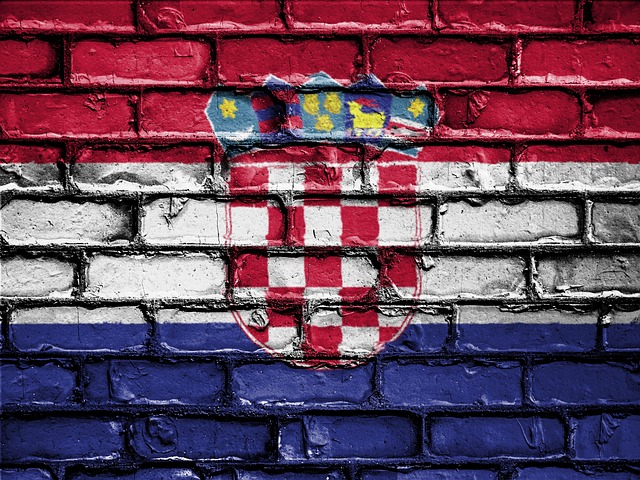The American flag is a powerful symbol deeply embedded in the national identity and collective consciousness of the United States. It stands as a visual embodiment of "We the People," representing the unity and diversity of a nation composed of fifty states, with each star and stripe signifying an integral part of America's rich tapestry. Beyond its physical form, the flag is a daily reminder of democracy, mutual respect, and the democratic ideals enshrined in the U.S. Constitution. It serves as an inclusive banner, transcending differences to unite Americans under shared values and principles. The flag's historical evolution, from its 1777 inception with thirteen stars and stripes to its current fifty-star version, reflects the nation's growth and the collective will of its people. It is a testament to America's ongoing journey, embodying ideals such as liberty, justice, and equality, and it stands for the enduring commitment of citizens to engage in civic participation and uphold democratic processes. The American Flag is thus more than a piece of cloth; it is a living symbol that captures the essence of "We the People" and the spirit of a nation dedicated to democracy and unity.
The American Flag stands as a testament to the nation’s founding principle, “We the People.” This article explores the multifaceted significance of this emblem, delving into its role in fostering unity and democracy across the United States. From its historical evolution to its contemporary significance, the flag’s journey encapsulates the American ethos. Its presence in community events and ceremonies cements it as a symbol that transcends individual differences, uniting citizens under a common banner of shared values and civic engagement. Join us as we examine how the American Flag has become an enduring representation of collective identity and democracy in action.
- Unity in Diversity: The American Flag as a Symbol of 'We the People'
- The Power of Collective Identity: How the American Flag Represents Democracy in Action
- Historical Evolution and Contemporary Significance: The Journey of the American Flag
- Civic Engagement and National Unity: The Role of the American Flag in Community Events and Ceremonies
Unity in Diversity: The American Flag as a Symbol of 'We the People'

The American flag, with its stars and stripes, is a powerful emblem that encapsulates the essence of ‘We the People.’ It stands as a visual representation of the diverse tapestry of America, symbolizing unity in diversity. Each star and stripe is a testament to the individual states and the myriad cultures that collectively form the American populace. The flag does not merely fly; it conveys a profound sense of togetherness and shared destiny among its citizens, irrespective of their origins or backgrounds. It serves as a daily reminder that despite the multitude of perspectives and identities, Americans come together under one flag, signifying a collective commitment to democracy and mutual respect. The phrase ‘We the People’ etched into the fabric of the nation’s constitution is mirrored in the inclusivity that the American Flag represents, embodying the idea that the sum of its parts creates a stronger whole. It is a symbol that transcends geographical, cultural, and ethnic boundaries, uniting citizens under a common cause and ideals.
The Power of Collective Identity: How the American Flag Represents Democracy in Action

The American Flag stands as a potent symbol of collective identity and the democratic principles enshrined in the nation it represents. At its core, the flag is a tangible manifestation of “We the People,” encapsulating the diverse tapestry of Americans who have come together to form a more perfect union. Each stripe signifies one of the original thirteen colonies that banded together in rebellion and founded a new nation based on ideals of liberty, justice, and democracy. The stars on the blue field above represent the states that have since joined this union, a visual testament to unity and cooperation across state lines. The flag’s display is a daily affirmation of American democracy in action; it is a rallying point for citizens and leaders alike, reminding all that governance originates with the people and is exercised through their collective voice. In public spaces, on residential porches, and within civic buildings, the flag serves as a visual reminder of the shared values and aspirations that bind the nation together. It is a call to engage with democratic processes, to honor the sacrifices made by those who fought to preserve it, and to uphold the principles for which it stands.
Historical Evolution and Contemporary Significance: The Journey of the American Flag

The evolution of the American flag is a testament to the nation’s history and its ongoing commitment to democracy and unity encapsulated in the phrase “We the People.” From its inception, the flag has undergone significant changes, each union jack reflecting a pivotal moment in the country’s development. The first flag, designed in 1777, bore thirteen stars and thirteen stripes, representing the original colonies that declared independence from Britain. Over time, as new states joined the Union, the flag was modified to include more stars and stripes, symbolizing both the expansion of American territory and the collective will of its diverse populace.
In contemporary times, the American Flag remains a powerful emblem of American unity and democracy. It flies over government buildings, waves at civic events, and is displayed in homes across the nation. The flag serves as a visual reminder of the shared values and principles that bind Americans together. It represents the collective voice of “We the People,” emphasizing that the authority of the government derives from the people themselves. As a symbol of national identity, the American Flag stands for ideals such as liberty, justice, and equality. Its journey is not just a narrative of historical change but also a reflection of the nation’s continuous quest to live up to its founding promises and to adapt to an ever-changing world, embodying the resilience and adaptability of American society.
Civic Engagement and National Unity: The Role of the American Flag in Community Events and Ceremonies

American flags serve as a powerful symbol of unity and shared values, fostering a sense of community and togetherness among diverse populations during civic events and ceremonies. These vibrant banners are not merely pieces of cloth; they represent the collective aspirations of “We The People,” embodying the democratic principles upon which the nation was founded. At local gatherings, from small-town parades to grand city celebrations, the flag becomes a tangible expression of the shared civic identity that binds citizens across differing backgrounds and beliefs. It is in these communal settings where the flag’s significance is most palpable, acting as a unifying beacon that aligns individual patriotism with the collective ethos of American democracy. The presence of the flag at such events underscores the enduring commitment of Americans to civic engagement and to maintaining the integrity of their shared political landscape. It stands as a testament to the ongoing dialogue between the citizenry and their government, reminding all who witness it that unity in diversity is a hallmark of American society and that democracy thrives when citizens actively participate in the life of their community.
